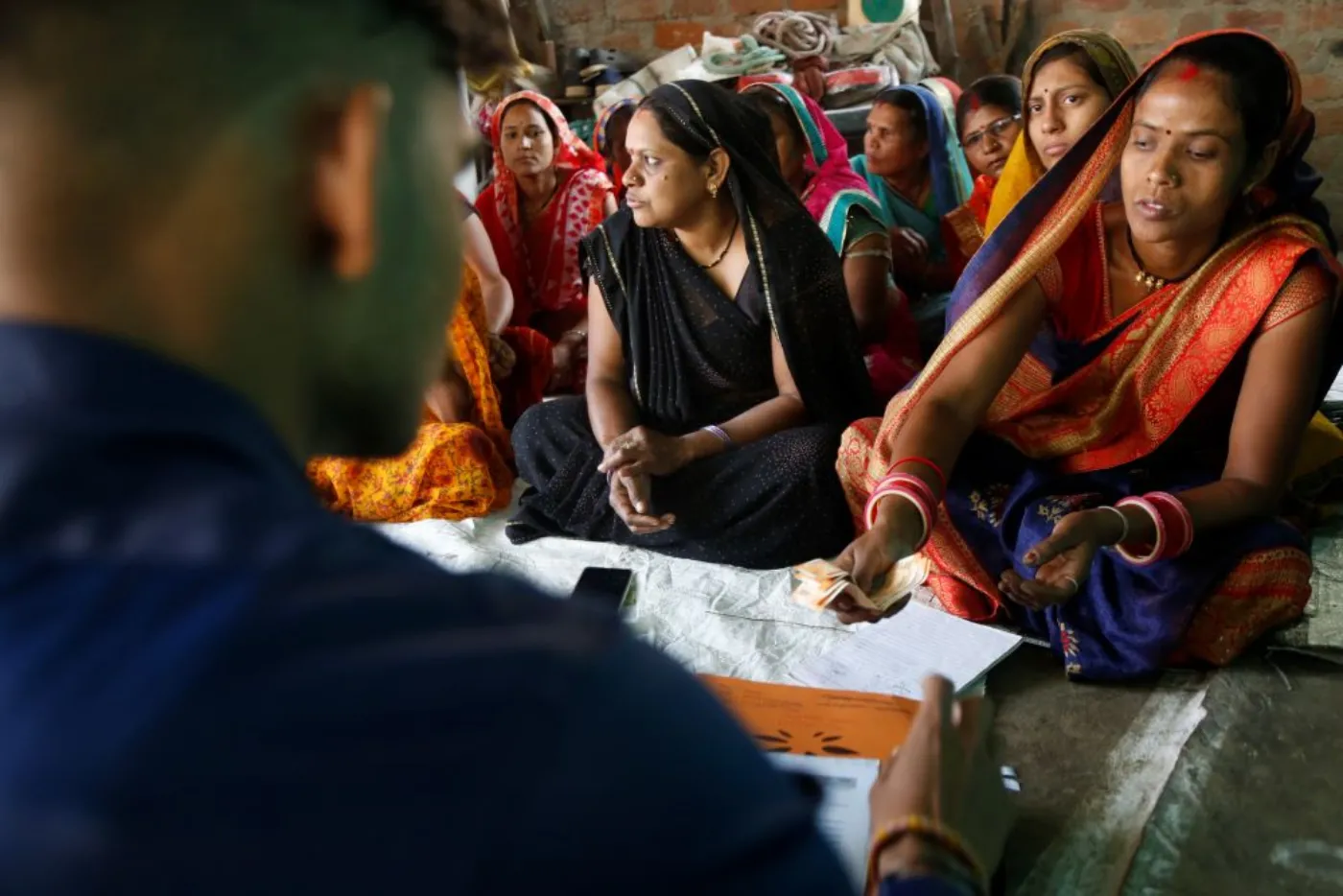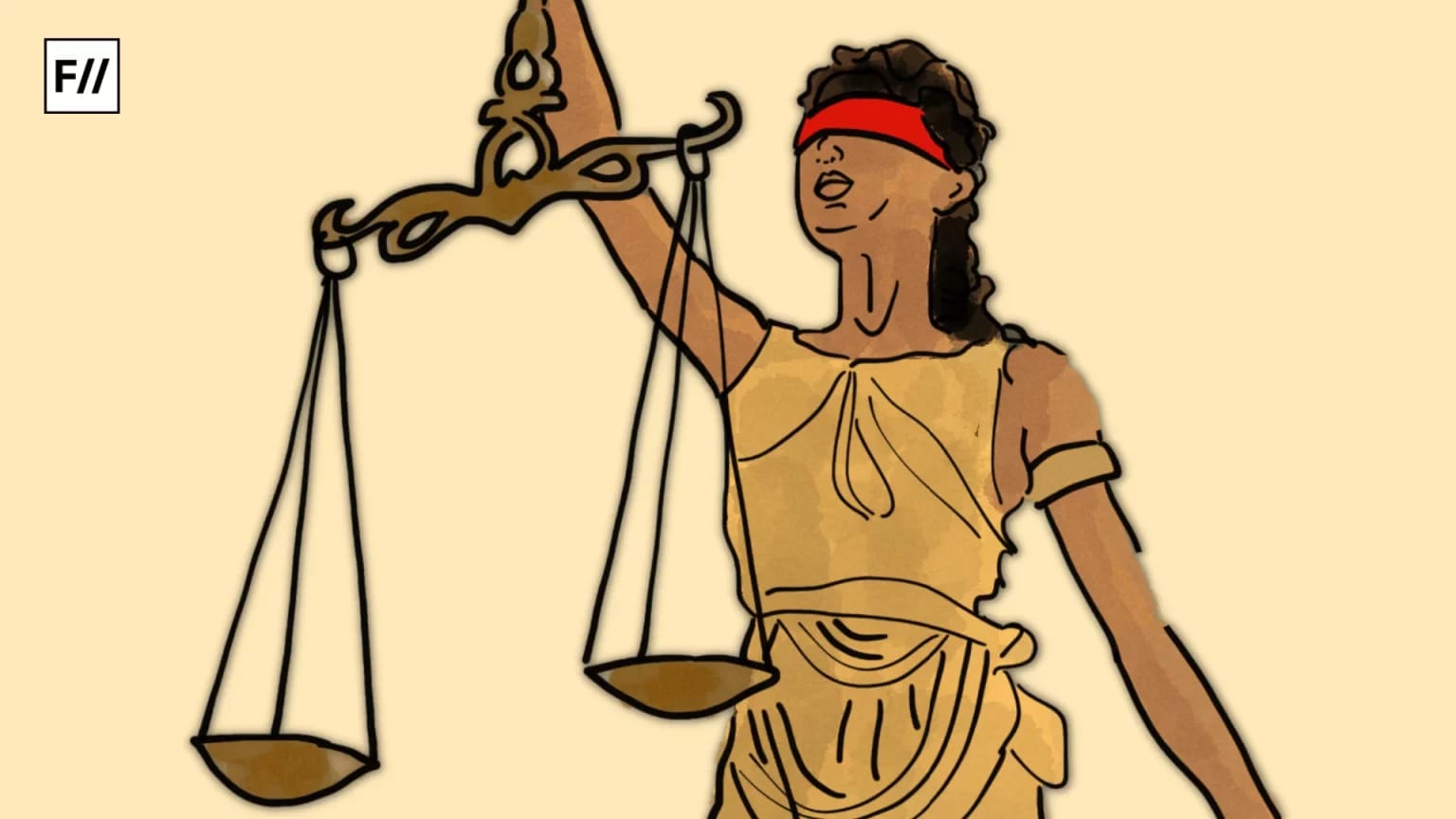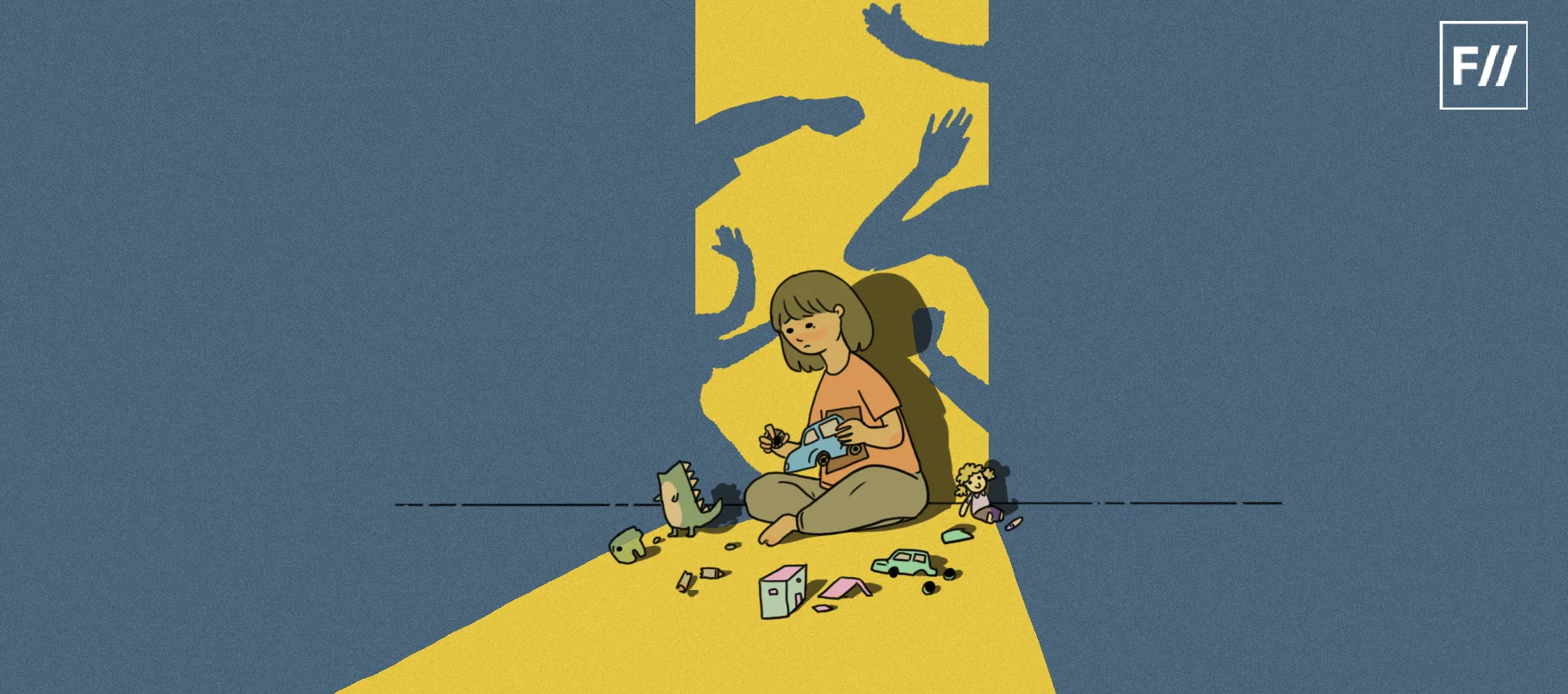In Rajasthan’s revised budget of 2019-20, then Chief Minister of the state Ashok Gehlot had announced the implementation of the ‘One Number, One Card, One Identity’ concept to ensure the benefits of various schemes. Rajasthan Jan Aadhaar Yojana, 2019 was launched on 18th December 2019 to ensure the seamless and transparent delivery of benefits from all state government schemes to the public. Additionally, the government had enabled digital service delivery right at the ward level by integrating platforms like e-Mitra. Jan Aadhaar Yojana was an upgraded and more inclusive version of the Bhamashah Yojana. As of May 2025, a total of 7,91,89,950 beneficiaries have been transacted with more than ₹1.12 lakh crore.
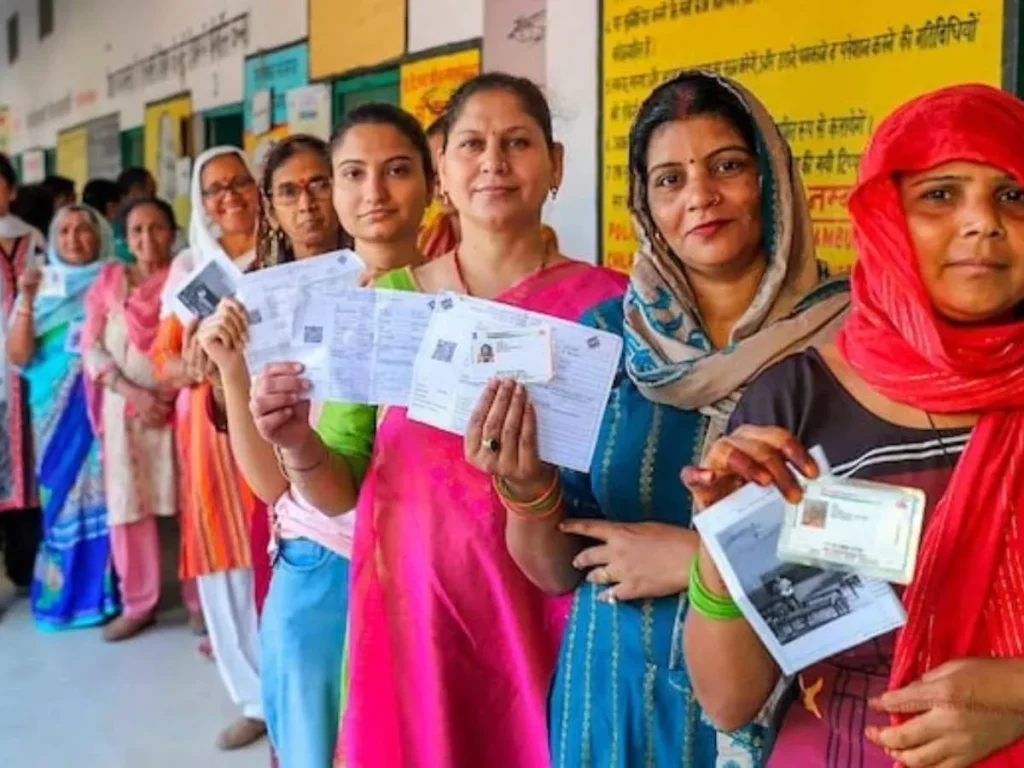
Prior to the yojana, the residents of the state had to apply at different levels to avail of the welfare schemes run by the government. The process was lengthy, causing delays in receiving the benefits. Additionally, there was no guarantee that the benefits would reach the intended recipients.
A policy aiming at transformation of society
Jan Aadhaar linked all family members under a single identification number, reducing duplication, paperwork and corruption in welfare schemes. With this card, beneficiaries could avail themselves of services such as public distribution system (PDS), pensions, scholarships, health schemes, electricity subsidies and more through a single-point verification process. The scheme also mandates that a woman (18 years or older) be designated as the head of the family.
This formalizes their role in the household and ensures that welfare benefits are directed in their name. When women are trusted to manage resources, it challenges the conventional view of male-dominated leadership within Indian communities. The scheme sends a strong social message about the value of women’s roles within the family and society. Such empowerment is about economic freedom which may translate into increased confidence in both private and public spheres.
Components of women empowerment within the policy
Naila Kabeer’s framework on women’s empowerment is particularly relevant in analyzing the deeper implications of schemes like Jan Aadhaar. Kabeer conceptualizes empowerment as a dynamic and context-specific process centered around a woman’s ability to exercise choice. Her framework identifies three core dimensions: resources, agency, and achievements.
The scheme sends a strong social message about the value of women’s roles within the family and society. Such empowerment is about economic freedom which may translate into increased confidence in both private and public spheres.
Resources refer to the material, human resource, and social inputs such as income, education, and networks, that serve as pre-conditions for empowerment. The Jan Aadhaar Yojana enhances women’s access to such resources by placing welfare benefits directly under their control. Agency reflects the ability to define goals and act upon them. With women formally recognized as household heads, they gain decision-making power which is a form of agency.
Achievements are the outcomes of empowerment, including both tangible results like improved living standards and intangible ones such as enhanced confidence, participation, and respect. Kabeer also emphasizes that empowerment is not linear; it is context-specific and requires attention to systemic barriers that hinder women’s advancement. By streamlining access and centering women in the welfare structure, policies like Jan Aadhaar contribute to breaking down these systemic barriers at the grassroots level.
Understanding women’s experiences with ‘Jan Aadhaar’
In order to understand the application of the policy, women from the village of Mandawa were interviewed using a structured set of questions. The interview began by collecting consent and details related to the Jan Aadhaar registration. The next questions focused on the benefits received through Jan Aadhaar.

Respondents were asked to share which benefits they had personally experienced, and whether Jan Aadhaar had brought any noticeable changes particularly regarding their access to and control over financial aid. The final questions delved into whether women considered themselves as the head of the household, and if they had altered their self-perception. The findings from interviews showed that the scheme’s impact is undermined by challenges related to ignorance, reliance, and subordination.
Ignorance: beyond lack of awareness
60% of the women from Mandawa village were not aware of the Jan Aadhaar yojana. When this issue was explored further, factors such as low literacy levels, restricted mobility, and limited exposure to government communications contributed to a lack of awareness about the scheme. For instance, women reported that male family members typically handled all formal paperwork, leaving them unaware of even basic details, such as whether their family was registered under Jan Aadhaar or what benefits were linked to the card. Some women didn’t know that the scheme was designed specifically to name the oldest woman in the household as the official head.
Even though Jan Aadhaar is supposed to increase women’s financial and administrative independence, women in Mandawa still depend heavily on male family members to interact with the system. They rely on male members; husbands, sons, or brothers to visit eMitra centers, operate bank accounts and make welfare-related decisions.
A 34 year-old Munni shared that although her name was on the Jan Aadhaar card, she had never seen it herself. Her husband kept it and she was not informed when government benefits were received. This lack of access to knowledge places women at a significant disadvantage, reducing their ability to exercise any control over resources. A 70 year-old woman mentioned that they received no benefits from any of the government schemes. While her son confirmed about all the benefits they get. Ignorance in this context is not due to a lack of intelligence, but due to low literacy levels. In a way, ignorance is a consequence of gendered access to information.
Reliance undermining empowerment
Even though Jan Aadhaar is supposed to increase women’s financial and administrative independence, women in Mandawa still depend heavily on male family members to interact with the system. They rely on male members; husbands, sons, or brothers to visit eMitra centers, operate bank accounts and make welfare-related decisions. Only 30% of the women claim to be participating in the decision-making process at home.
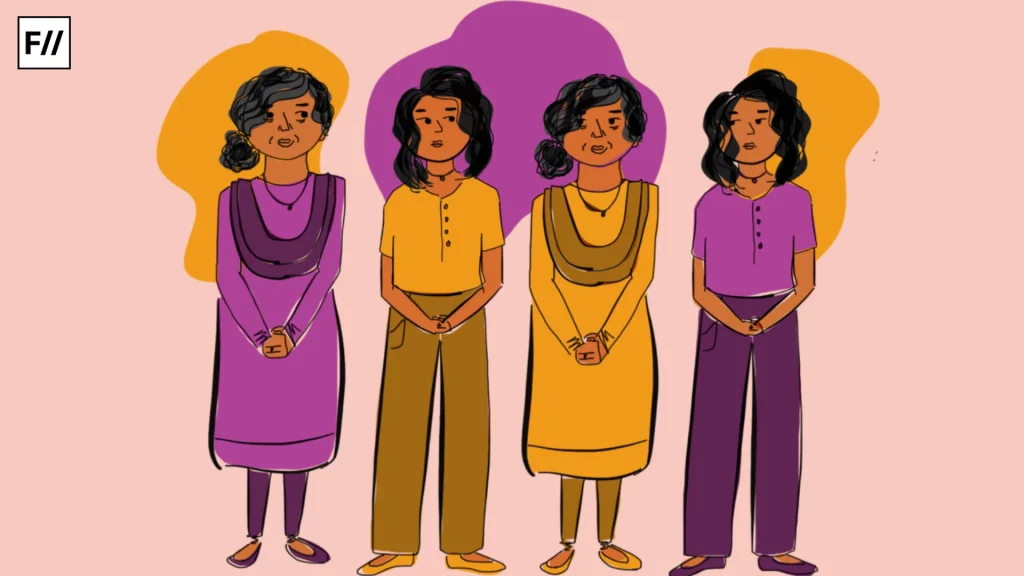
Sunita, a 28-year-old mother of three has a Jan Aadhaar card and a bank account linked to it; but she has never visited a bank herself. All transactions are handled by her husband, who also controls how the government aid is spent. Like her, Meera is a widow in her 50s who doesn’t know how to read SMS notifications. There’s no one to guide her at the local level. She depends on her adult son to inform her about any benefit received. These examples reflect their dependence on other family members.
This kind of reliance is rooted in digital illiteracy, lack of mobility and a social structure that discourages women from taking financial decisions. As a result, the scheme fails to bring about actual functional autonomy, even if it intends to offer inclusion.
Subordination rooted in inferiority
Although many women are officially listed as the head of the household, few feel empowered in practice. Being named on a document does not automatically translate into decision-making authority.
‘I can speak my opinions without hesitation, but my husband is more informed than me so I let him make decisions,’ confessed 55-year-old Laxmi. This shows that patriarchal norms continue to dominate rural households, making it difficult for women to assert themselves
Nirmala, a 35-year-old woman, noted that she must ask her husband before using any scheme-linked benefits, as spending without his approval could cause conflict.
‘I can speak my opinions without hesitation, but my husband is more informed than me so I let him make decisions,’ confessed 55-year-old Laxmi.
Bhagwati, a 75 year-old woman, shared that despite being listed as the head under Jan Aadhaar, she still defers to her son and daughter-in-law for all household decisions. She described the title as ‘just a name on paper.’ 26-year-old Laxmi asked her husband to speak on her behalf for the interview.
This shows that patriarchal norms continue to dominate rural households, making it difficult for women to assert themselves. Even where policy tries to reframe their role, social conditioning ensures that men remain in power. Moreover, generational hierarchies further reinforce this subordination. Elder women, even when listed as the head of the family, often pass control to younger male members. Younger women, especially daughters-in-law, face additional barriers in asserting independence due to their lower position in the household hierarchy and social expectations of deference.
Grassroots empowerment as policy outcomes
Most families in Mandawa received multiple benefits such as pensions, subsidy on electricity, monthly ration from Jan Aadhaar yojana. There is penetration of the schemes, though many women were not aware of the scheme which provides all these benefits. This research reflects how a policy which is designed with progressive intent may fall short when implemented within social realities. The core objective i.e. to empower women through identification, access and control over welfare benefits remains largely unfulfilled at the grassroot level. Moreover, many women lack the authority to claim the role of the head of the household meaningfully.

The gap between policy design and on-ground impact stems from systematic challenges such as low literacy, digital exclusion, restricted mobility and entrenched patriarchal norms. These issues limit women’s ability to engage with and benefit from initiatives that are nominally created for their empowerment. The scheme’s effectiveness is dominated by ignorance, reliance and continued subordination. These patterns suggest that policy-led empowerment cannot function in isolation. Without parallel efforts to change social attitudes and support women’s functional autonomy i.e. through education, awareness, and community reinforcement, the role of females cannot be transformed. Empowerment must go beyond names on cards and translate into lived experiences of respect, independence and decision-making power within the household.
For policies like Jan Aadhaar to achieve their full potential, implementation must be paired with targeted grassroots interventions; such as awareness campaigns, digital literacy programs, and community-based support systems. These programs build capacity for women. Without these, the policy cannot be transformative.
